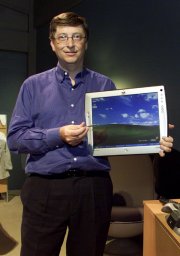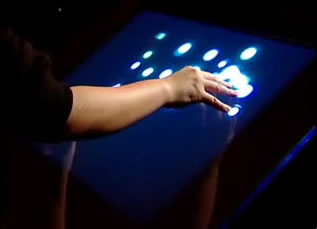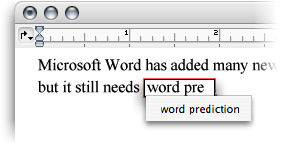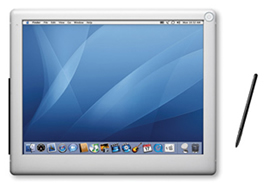More Touchscreen Research: Microsoft TouchLight
Microsoft has their own multipoint touchscreen reseach research prototype, the TouchLight. Now don't get too attached to the name, before you know it they'll re-name it "Microsoft Windows Powered Smart Touch Screen Professional Edition". Anyways, the TouchLight uses multiple cameras to dertimine hand and touch location. By tracking hand movement they plan to be able to detect 3D gestures to control the image on the screen. The TouchLight is also able to digitally capture documents that are pressed against the screen by snapping a picture of it with one of the cameras. Microsoft has partnered with a company called EON and is saying we'll see this by the end of the year. Ok, sure! Still a neat prototype, and further evidence that in the future all screens will be touchscreens...
TouchLight Video (YouTube.com)
via SlashGear.com
TouchLight Demo with Andy Wilson (channel9.msdn.com)
Microsoft's TouchLight makes 3D hands-on (CNET Videos)
EON Touchlight Video (YouTube.com)





